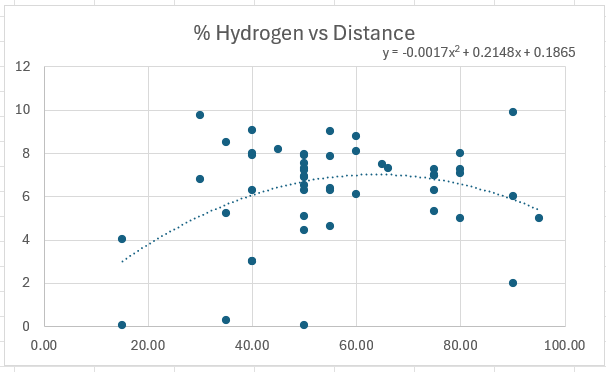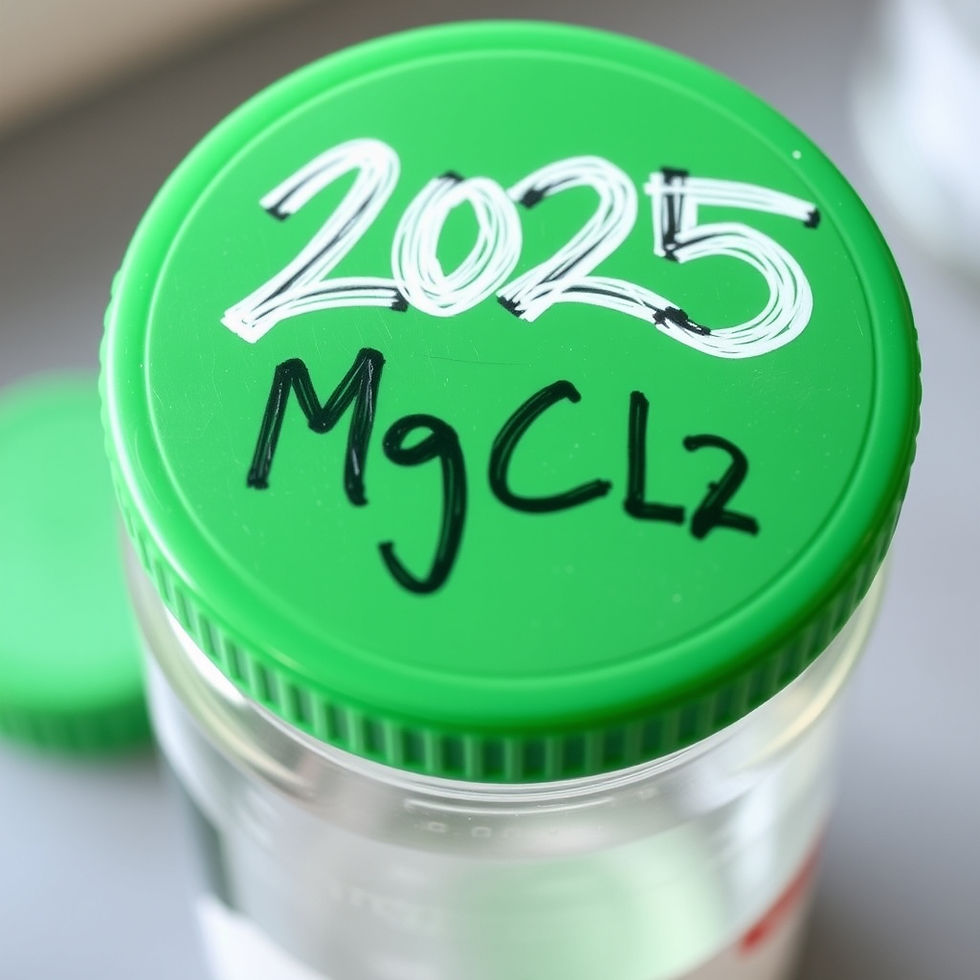FRQ partner review method
- Brennan Koch
- May 2
- 3 min read
It’s review time. For those of us who teach AP, it’s the eve of reckoning day. But for all of us, the students have a final coming up. Truth be told, I am not much of a “review in class” guy. Mostly because students, even AP students, tend to disengage when they hear it’s a review day. But this year, I tried something new with review and really felt like it went well. I don’t have a clever teacherly name for my review. Ring around the review? FRotateQ? Orbit? As you can see, still a work in progress. Here is how I do it.

Set up multiple free response questions
I am lucky to have a small class (10 students this year) in AP Chem and AP Bio. For those classes, I set out 5 FRQs, one each on my lab tables. The students paired up and each took a piece of paper to a question. I ran a timer from the front of the room. I had specifically chosen questions that were similar in challenge and length. I gave them enough time to complete it comfortably and then subtracted a couple minutes. For example, if an FRQ is expected to take 9 minutes, I gave them 7.
On the start of the timer, the students could work together to develop and execute the strategy for the question. They each solved the problem on their own paper, but I encouraged conversation throughout. The room was filled with review conversation.
Rotate the students
After the timer had gone off, the partners split from each other. One rotated clockwise and the other counterclockwise. They met a new partner at a new question. Then they started their new question, again under time constraint. I gave them very little rotation time. If they were being sluggish, I would announce the start of the time before they even got sat down to increase the urgency. Now with a new partner, one they are likely less chummy with, they had to start a new chemistry conversation.
Score the FRQ
After hitting all five stations, and having new partners in the process, the students came back to their desks where I had handed out the scoring guidelines. I allowed students to score their own questions. This brought up some good questions about what would score on the AP test and what wouldn’t (particularly in biology, but chem too). These discussions helped students see where they need to refine their answers. They were healthy discussions. I told them, when in doubt mark it wrong.
Check your “AP” Score
I made up a fake, but fairly typical score out of the total possible points that scored a 3, 4, and 5. I used 50% as a 3, 62% as a 4, and 75% as a 5. I know these vary, but at least they were chasing something. Of course, when using a partner, your score will be elevated.
I found the conversations that took place and the reminders of topics gone by were super helpful. Students were engaged. They had to refine their thoughts enough to communicate. They had to communicate with people who weren’t their closest friends, which raises expectations.
I will be adding this method throughout the year as a way to review not only for AP tests, but for all tests in my classes. It took a little setup time, but now I am ready for the future. Ready with everything except the catchy, edu-babble name. FRQuest? Help me out here.




Would you feel comfortable sharing the questions you used especially for chem?
I do something similar to this and call it FRQ Speed Dating